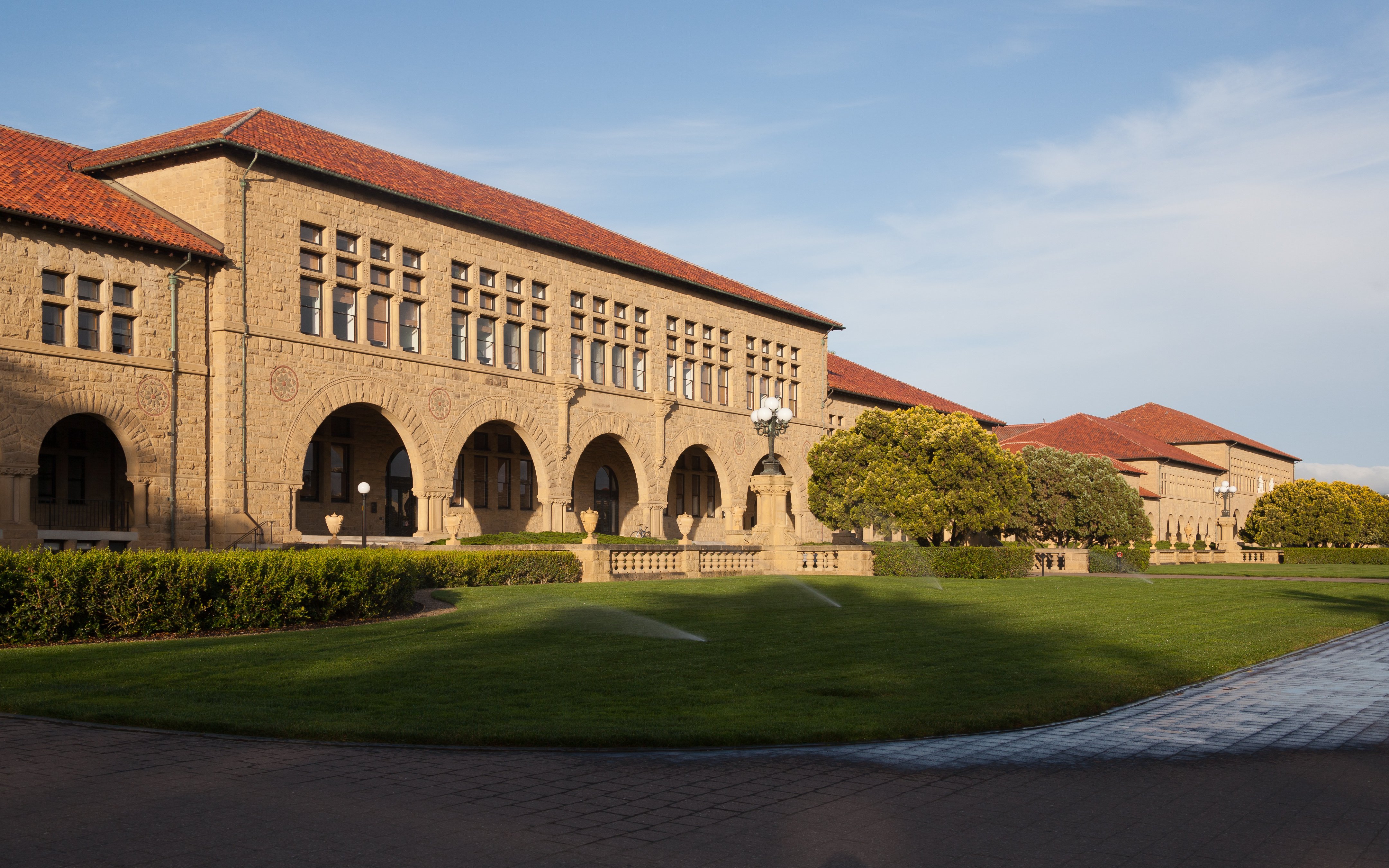Some juniors and seniors disagreed with recommendations from Associated Students of Stanford University (ASSU) executives advising against reopening campus in the spring. ASSU President Vianna Vo ’21 recommended against inviting undergraduates to campus in the spring based on concerns about compliance and expectations for the on-campus experience in a Friday memo sent to Vice Provost Susie Brubaker-Cole.
The student government recommendations come as the University plans to provide more details about spring quarter plans during the week of Feb. 22, according to Tuesday’s email from President Marc Tessier-Lavigne.
Nirali Chandaria ’22 was frustrated to see recommendations that the University prioritize graduate students despite issues of non-compliance at the Graduate School of Business (GSB).
“It was frustrating to see parties at the GSB and have the memo prioritize graduate housing while the graduate students are making it an unsafe environment for people,” Chandaria said.
While she understood concerns regarding the spread of COVID-19, Jasmine Rodriguez ’22 said that upperclassmen deserve a chance to be on campus.
“I felt like it was pretty accusatory of juniors and seniors, like I felt they just assumed that we would be really awful coming to campus,” Rodriguez said.
Former Daily data director Arjun Ramani ’21 appreciated the “concern for students and the surrounding community” in the memo. However, he also felt the memo did not consider evidence on safe reopening from peer institutions with similar testing capacity, campus structure and penalties for non-compliance.
“I think strictly enforcing the biweekly testing requirement is a great way to ensure campus safety and adjust the University’s other restrictions to fit the needs of campus at any moment in time,” Ramani said.
The Stanford Review’s editorial board criticized the memo, referencing data from peer institutions that have invited undergraduates back to campus. The Tuesday article also called on ASSU President Vianna Vo to resign.
“I understand the concerns about how representative the memo is, and deeply regret that other leaders in the ASSU and fellow students feel like that,” said ASSU executive chief of staff Jianna So ’22.
In So’s opinion, the low number of COVID-19 cases does not tell the whole story and forgoes the stress experienced by certain groups on campus.
“Student staff and service workers are experiencing incredible amounts of stress on campus, and all of us are wondering how we can feasibly reopen with thousands of more people arriving given our current lack of resources,” So wrote.
If the University moves forward with reopening, Chandaria hopes students currently on campus will be able to remain in current housing, avoiding the “tiring” and “annoying” process of moving around campus often. The ASSU memo expressed a similar concern about the rehousing on campus.
“For students who have been on-campus since last spring, they have had to move possibly up to seven times due to Stanford housing policies. Constantly moving communicates a lack of stability and impacts the well-being of these students,” Vo wrote.
Rodriguez said she did not receive financial aid until week four of the winter quarter and received less than last quarter when her living conditions are “exactly the same.” She was “worried that a similar thing would happen” if she were not allowed back on campus.
Regardless of whether undergraduates are invited back to campus, So hopes for improvements in student staff training, more engaging communication of COVID-19 policy to students beyond sending out emails and updating websites and more protections for subcontracted service workers who are being overworked without proper COVID-19 precautions.
“Stanford has a lot of work to do to make a safe reopening happen, especially in terms of ensuring that those who are tasked with carrying out the University’s decisions are prepared and cared for,” she said.
Contact Victoria Hsieh at vhsieh02 ‘at’ stanford.edu and Kaushikee Nayudu knayudu ‘at’ stanford.edu.
